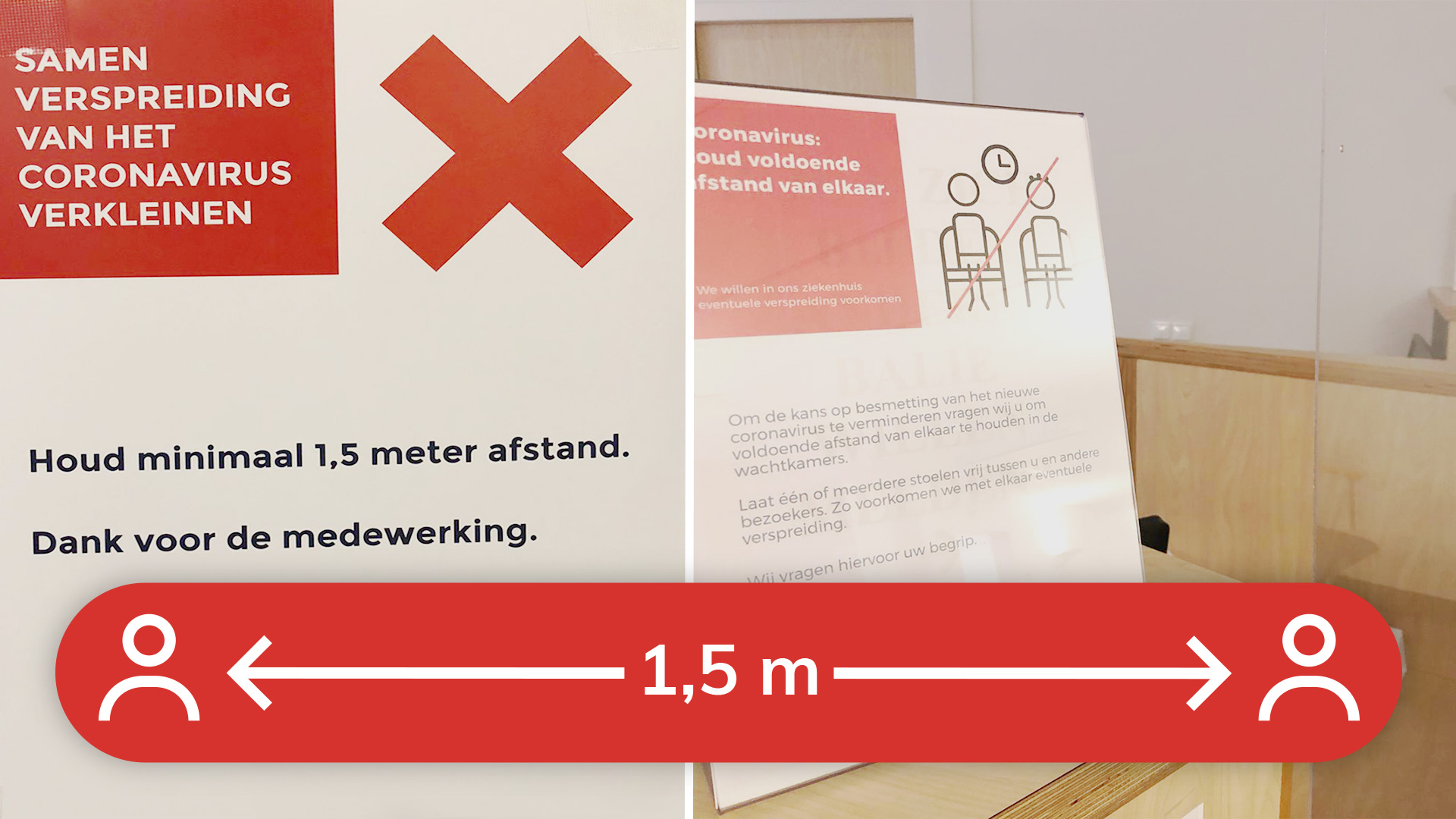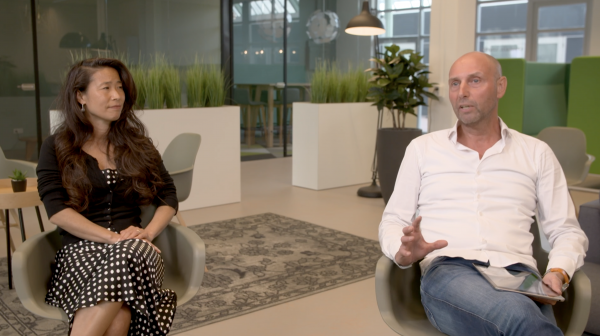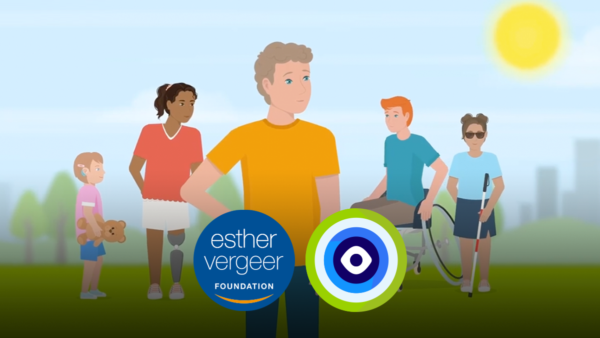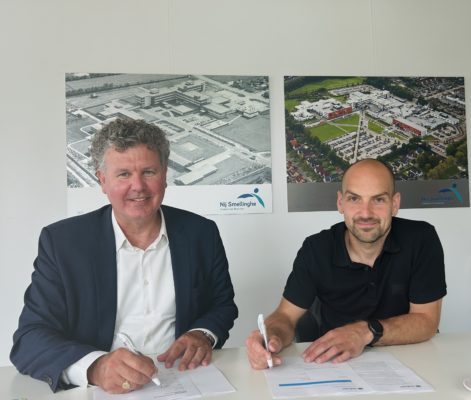Written by Ralph Koppers on May 1, 2020
Doctors behind Plexiglas? Chairs with red crosses? Starting up the Non-Covid care

Mainstream care, which until recently was so ordinary and orderly, is coming into a totally different light in today's one-and-a-half-meter era. With the dwindling numbers of Covid-19 patients, there is increasing interest and space for starting Non-Covid care, or mainstream care.
Logistical & planning challenge
Schedules of consultations must be rearranged with sufficient time between physical appointments so that waiting rooms do not get too full or, better yet, patients do not meet at all.
Previously, we strived to make an examination and the conversation with the health care provider as neatly connected as possible so that patients could complete everything in one hospital visit. We are now questioning these combination appointments. Shouldn't we let the patient be in the hospital as briefly as possible? Additional investigations, such as a functional test or imaging, must now be scheduled separately. This is because there is less chance of contact between people and thus less chance of potential transmission of virus.
Triage at the main entrance must take shape, as must the creation of new walking routes, the pasting of chairs with red crosses in the waiting room and whether or not to place Plexiglas screens at the various counters. Thus there are many logistical and planning challenges.
All of the above actions are aimed at avoiding physical contact between people as much as possible. If contact does have to occur, then preferably as briefly and efficiently as possible. Because human-to-human transmission remains the ultimate threat of the Coronavirus. And that will continue for some time to come....
More care demand & fewer contact moments
With the reservoir of waiting patients with semi-elective and even elective care needs at the "hospital door," this is quite a job. After all, all those patients need to be examined, informed and treated. An awkward dichotomy and efficiency challenge: More care and information needs than ever before and less contact moments and physical conversation time to convey information about examinations, clinical pictures and possible treatments.
How wonderful to see that healthcare providers are thinking about the quality and efficient use of patient information at this very moment.
The practice: less physical contact & better quality information
Digital, visual information also proves its added value in this situation. Sedation consultations replaced by the use of visual information. Sleep apnea diagnostics (polygraphy) in which visual information completely replaces physical explanations. Pre-operative consultation hours with explanations about a hip or knee replacement are replaced by digital comprehensible information and so on.
Thus, visual information is used to better inform patients, allowing healthcare providers to work more efficiently. Physical contact is minimized or even completely avoided by this comprehensible information. After all, the visual information speaks for itself. And thus fewer contact moments and less chance of infection! Let's continue the line of declining numbers of Covid patients and start regular care!
Do you have questions or ideas about using Indiveo's visual information to start mainstream care? Get in touch. We'd love to!



